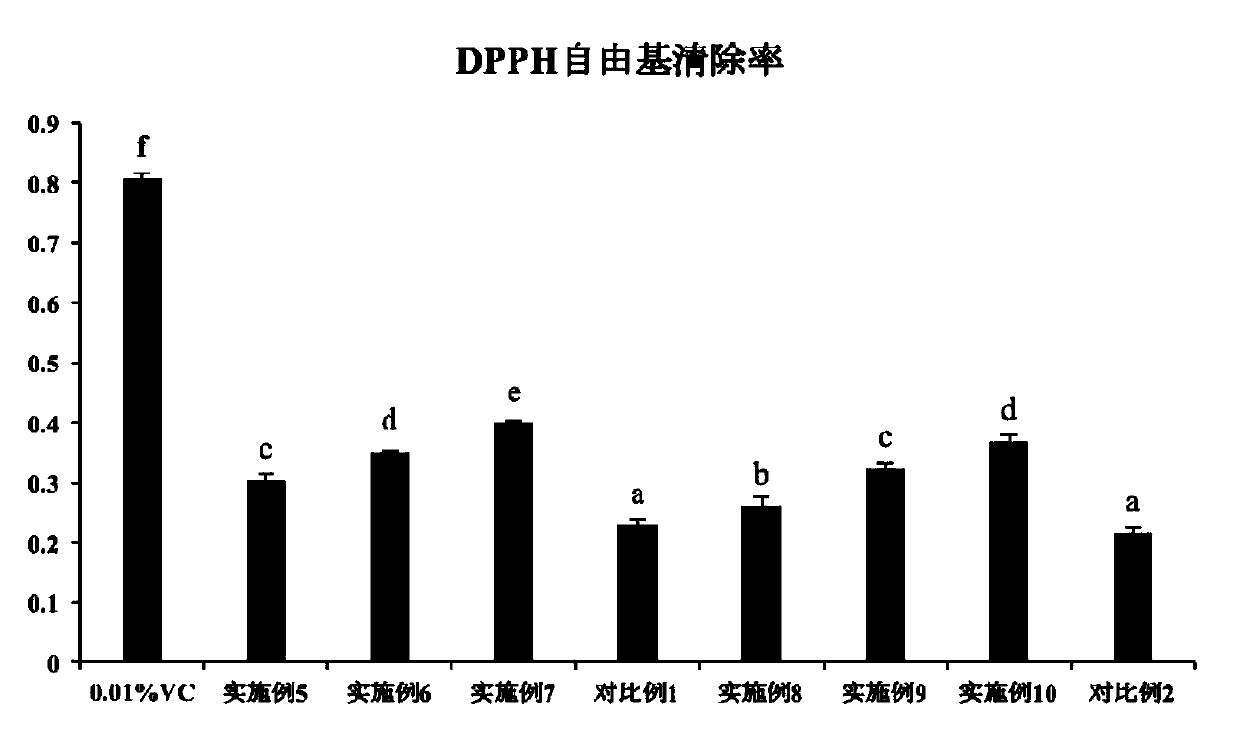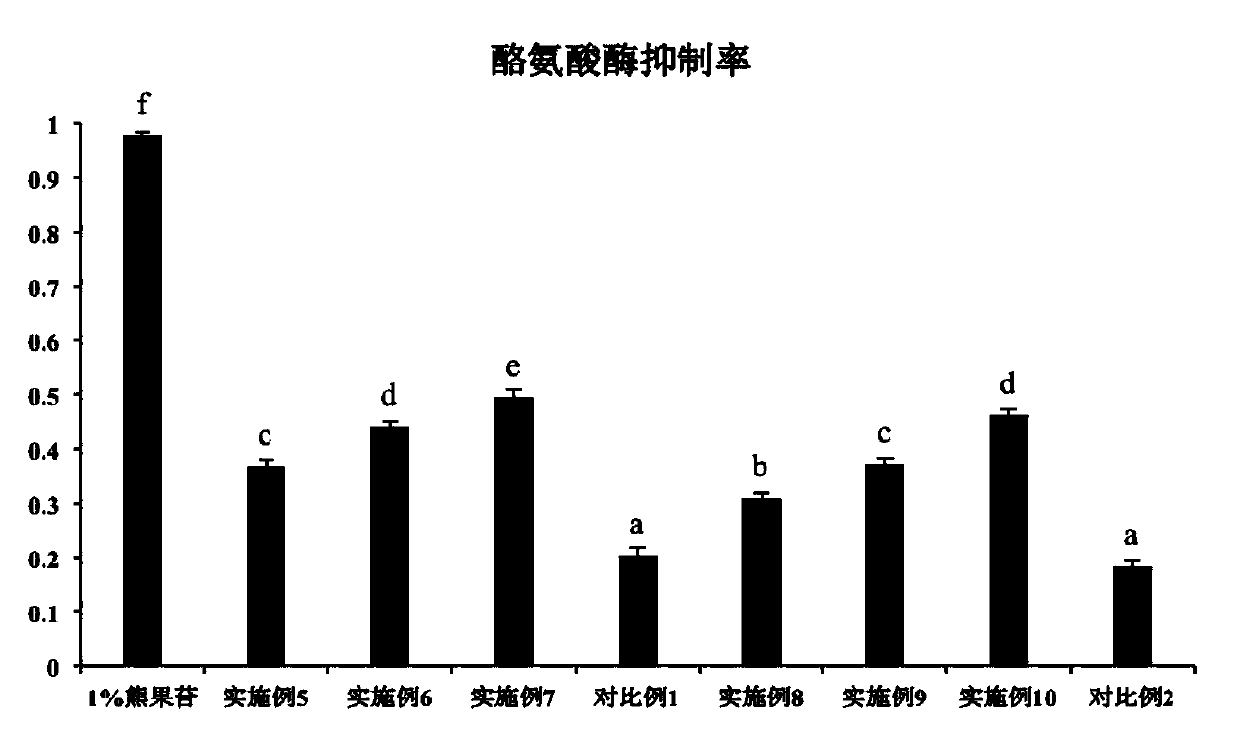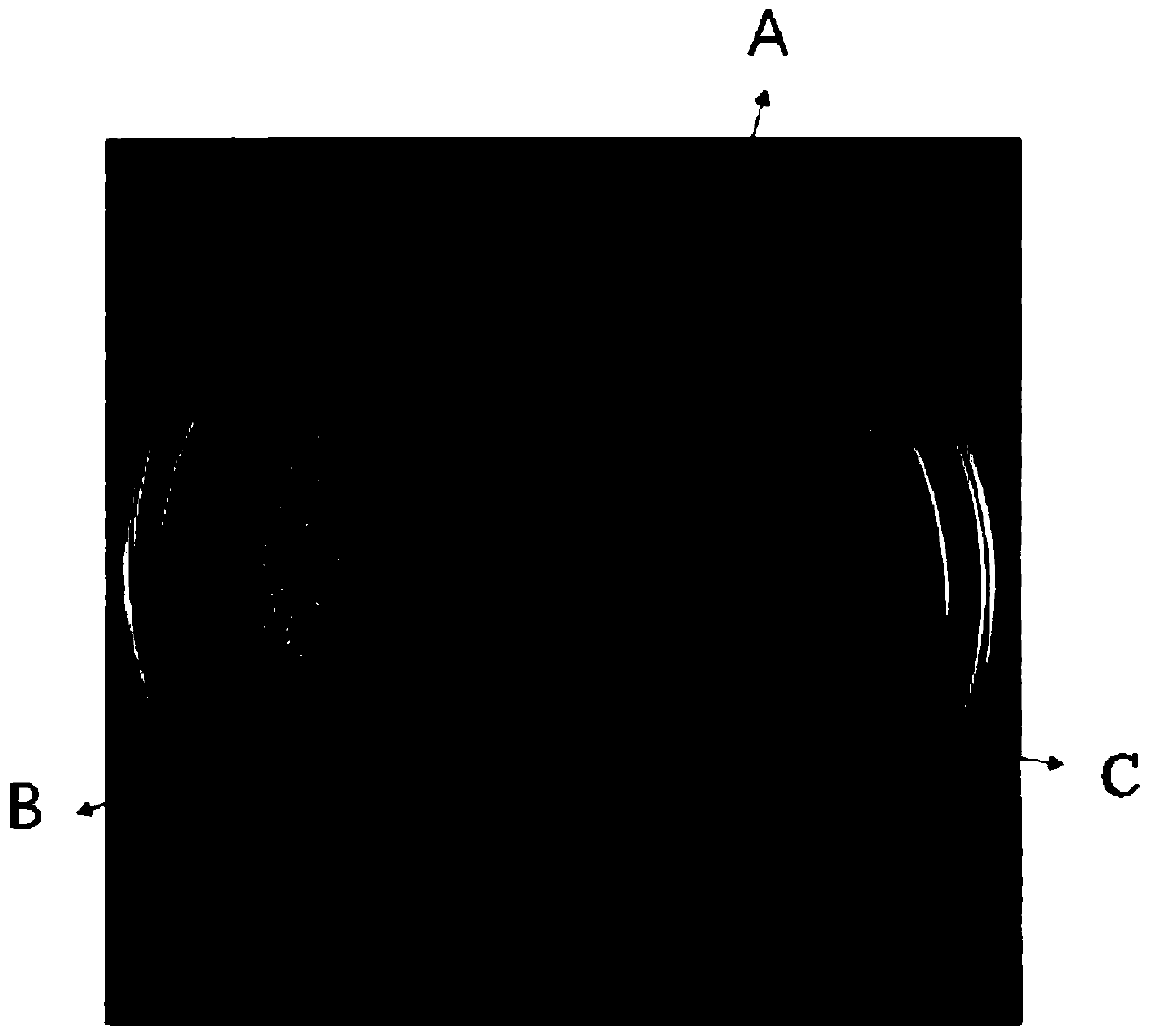Pediococcus pentosaceus having good resistance to oxidation and whitening skin and application thereof
A technology of Pediococcus pentosaceae and whitening effect, which is applied in the direction of bacteria, cosmetics, cosmetic preparations, etc., can solve the problems that natural skin care products cannot meet consumer demand, and the development is not strong enough to achieve the promotion of DPPH clearance rate and tyrosine Enzyme inhibition rate, excellent effect, effect of good effect
- Summary
- Abstract
- Description
- Claims
- Application Information
AI Technical Summary
Problems solved by technology
Method used
Image
Examples
Embodiment 1
[0030] Antioxidant determination of embodiment 1 lactic acid bacteria extracellular active substance
[0031] (1) Take the alcoholic medicine sample to be tested, add sterile water, dilute 10 times in a gradient, oscillate, take the supernatant and spread it on a solid medium, cultivate it for 12-48 hours, and obtain a single colony as the strain to be screened;
[0032] (2) Under sterile conditions, take the bacterial strain to be screened, inoculate it in a multi-hole cell culture plate containing a liquid medium, and activate it for 3 generations before use;
[0033] (3) After centrifuging the activated bacterial solution at 4000r / min for 2min, take the supernatant for later use;
[0034] (4) Carry out the pre-test, take 2 mL of DPPH solution, add a small amount of sample solution to it, when adding the sample, gradually add less and then more, mix while adding, and observe the fading of the solution, when the color of the solution basically fades, record The sample volume...
Embodiment 2
[0042] The tyrosinase inhibitory activity assay of embodiment 2 lactic acid bacteria extracellular active substances
[0043] (1) Get the 30 bacterial strains to be tested screened in Example 1, after the activated bacterial liquid is centrifuged at 4000r / min for 2min, get the supernatant for later use;
[0044] (2) Configure the required solution according to the table below:
[0045] Table 2. Determination of tyrosinase inhibition rate experimental sample addition table
[0046]
[0047]
[0048] Add C1, C2, T1, and T2 according to the above table and bathe in a water bath at 37°C for 10 minutes, add 1 mL of dopa solution and bathe in a water bath at 37°C for 4 minutes, and immediately put it into a spectrophotometer at 475nm to measure the absorbance at the 5th minute , Calculate the inhibition rate of the sample to tyrosinase activity T (%)=1-(T1-T2) / (C1-C2)×100%.
[0049] (3) The experimental results are listed in Table 3. It can be seen from the table that strai...
Embodiment 3
[0052] Antioxidant activity, tyrosinase inhibition rate determination of embodiment 3 lactic acid bacteria intracellular active substance
[0053] (1) Take the strain 5-4 to be tested, centrifuge the activated bacterial solution at 4000r / min for 2min, and then centrifuge the supernatant (that is, the mixture of MRS medium and extracellular secretion) in a sterile operating table. completely empty;
[0054] (2) Add 0.9ml of sterile water, use a micro-vortex mixer to mix it completely, cover the EP tube, and centrifuge again at low temperature and low speed for a short period of time. The purpose of this centrifugation is to remove the remaining EP tube. The mixture of MRS medium and extracellular secretions, repeat this experimental step 2-3 times until the medium in the EP tube is completely washed;
[0055] (3) Find a small glass beaker, add an appropriate amount of ice-water mixture and a small foam orifice to it, open the EP tube and insert it into the small foam orifice, ...
PUM
| Property | Measurement | Unit |
|---|---|---|
| Diameter | aaaaa | aaaaa |
Abstract
Description
Claims
Application Information
 Login to View More
Login to View More - R&D
- Intellectual Property
- Life Sciences
- Materials
- Tech Scout
- Unparalleled Data Quality
- Higher Quality Content
- 60% Fewer Hallucinations
Browse by: Latest US Patents, China's latest patents, Technical Efficacy Thesaurus, Application Domain, Technology Topic, Popular Technical Reports.
© 2025 PatSnap. All rights reserved.Legal|Privacy policy|Modern Slavery Act Transparency Statement|Sitemap|About US| Contact US: help@patsnap.com



